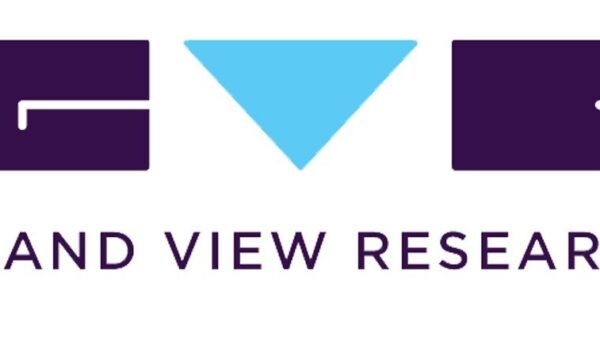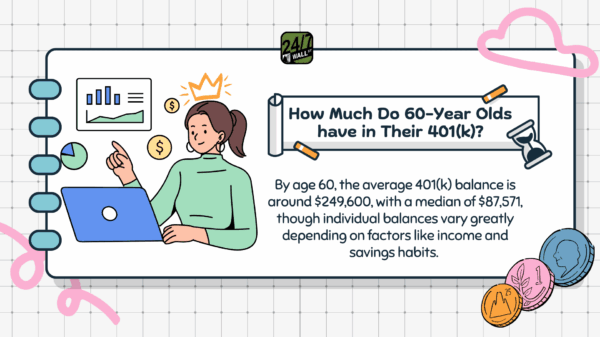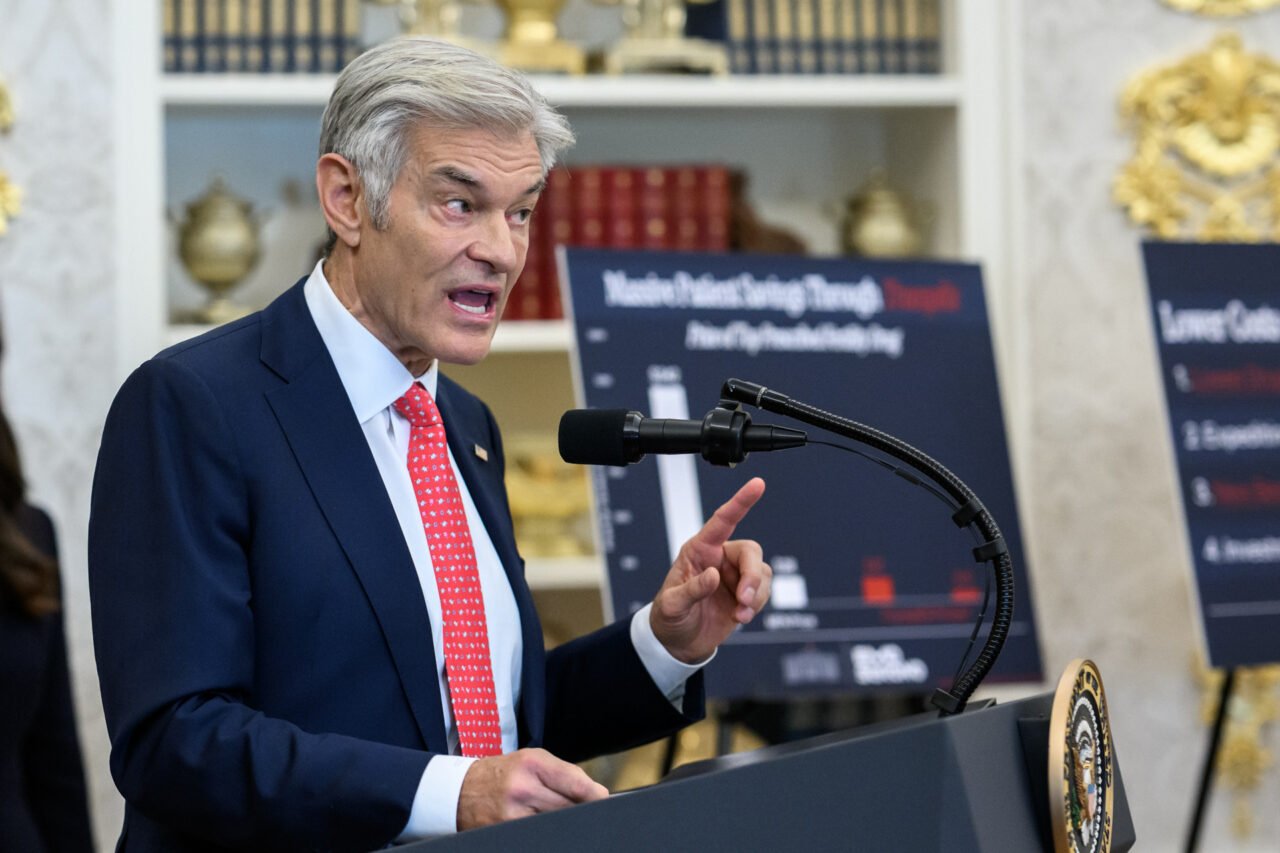URGENT UPDATE: The federal government has just announced that health insurance premiums for those using Obamacare are set to increase by a staggering 26% next year. This alarming rise comes as the average price for coverage at ACA Marketplaces is confirmed, affecting approximately 24 million Americans currently enrolled.
Open enrollment for 2026 begins on November 1, 2025, and runs through January 15, 2026. However, the federal website Healthcare.gov opened earlier this week, allowing users to preview next year’s plans during the so-called “window shopping period.”
One particularly concerning example highlighted by the New York Times features a 61-year-old woman in Oregon. She revealed that her monthly premium will leap from $439 this year to an eye-watering $1,059 next year, coupled with a deductible of $7,100.
Officials from the Centers for Medicare & Medicaid Services, led by Dr. Mehmet Oz, attempted to downplay these rising costs in a press release. They insist that many consumers will still find plans at $50 per month, though these options come with significantly higher deductibles.
In a press conference on Wednesday, Dr. Oz raised eyebrows with his claims that “half” of those enrolled in Obamacare haven’t filed a claim in the past year, suggesting potential issues with enrollment legitimacy. “If I had insurance, why would I never use it?” he questioned, raising more questions than answers about the current system.
The looming expiration of federal tax credits, unless Congress intervenes, is a primary driver behind the skyrocketing costs. With the government shutdown since October 1, discussions between Democrats and Republicans have stalled. Democrats advocate for an extension of the temporary COVID-era credits, while Republicans remain firm, asserting these credits were never intended to be permanent.
As the situation unfolds, many consumers are left in a state of uncertainty, facing significant financial implications as open enrollment approaches. The lack of resolution in Congress only amplifies the urgency for those relying on these health insurance options.
Stay tuned for further updates as this situation develops, and prepare for potential changes in your healthcare costs as the open enrollment period nears.



































































